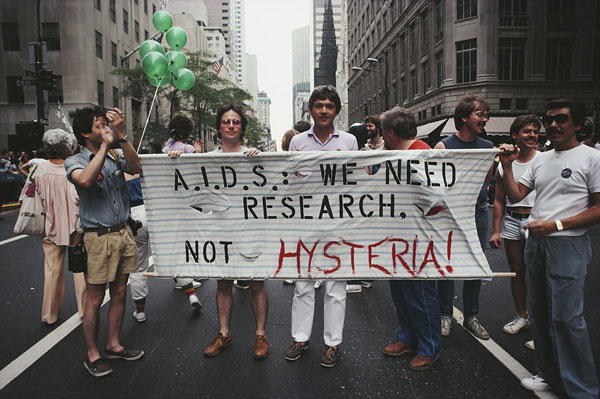June 5, 1981. For those who scoured the newspapers that day, it seemed that nothing momentous was on the horizon. In the New York Times, it was reported that two Vietnam War veterans were on a hunger strike to pressure President Reagan to focus on the problems of veterans. There was a circus in Brooklyn, and the Yankees beat the Orioles to sweep a 3-game series at the Yankee Stadium.
But a handful of doctors and some news media groups had noticed a rather curious article from the CDC published in Morbidity and Mortality Weekly Reports. The article outlined the medical cases of 5 patients in LA, concluding that the patients were all exposed to something that caused a cellular-immune dysfunction. This dysfunction made them more susceptible to various types of infections. This “cellular-immune dysfunction” is what is now known as AIDS, the acronym of Acquired Immune Deficiency Syndrome.
The History Of AIDS
The first indication of a new disease occurred in 1977 in Zaire (which is now Congo). A female doctor from Denmark died from a rare type of lung infection called Pnuemocystis carinii pneumonia (PCP), which doesn’t normally break through the immune system to cause any bodily harm because the immune system handled it readily. She also suffered from other rare infections, and such a combination of symptoms had never been seen before.
In the next couple of years, similar cases cropped up in half a dozen other countries in Africa. All the victims became emaciated before they died, and a rare cancer called Kaposi’s sarcoma was also observed.
At the same time, similar cases were also observed in both coasts of the US, in San Francisco and New York. And it was noticed that in all the cases, the patients were homosexual men. By the middle of 1980, 55 men in the US had been diagnosed with this syndrome, with an additional 10 cases in Europe. Africa had even more cases, too.
And thus the CDC published its report in an obscure journal rather than promulgate their findings in a major newspaper. They wanted to share the information through a journal that only doctors and health providers read, so as to avoid panic.
The Reaction to the Report
The LA Times and the Associated Press picked up the story from the MMWR that same day, and the next day the San Francisco Journal covered the story. Within a few days after the news got out, many doctors from all over the country overwhelmed the CDC with reports of similar cases.
It was the beginning of a realization that a frightening epidemic was underway. At first, the news media focused on the fact that it seemed to affect only homosexual men. The media coverage wasn’t all that extensive to begin with. The first notice of AIDS in the New York Times was a short article on July 3, 1981, almost a full month after. And it was on page 20.
TV coverage wasn’t any better, as news broadcasts didn’t even mention AIDS until 1982. It wasn’t only until healthcare workers, hemophiliacs, children, and blood transfusion recipients became victims.
By the end of 1981, 270 men were diagnosed with the disease and 121 of them had already died. The war against the AIDS epidemic had begun, with researchers racing to find answers while the news media and other well-known personalities helped bring AIDS awareness into the mainstream.
The battle against AIDS is far from over. According to the World Health Organization, about 1.5 million people have died from illnesses related to AIDS in 2013.






No Comments